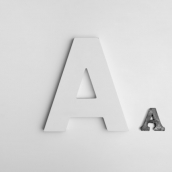
Hot topics
Copyright protection and generative artificial intelligence (AI): the Swiss approach
Generative AI systems are often trained with protected works. At the same time, they are used to produce content (images, text, music, videos...), so what are the implications for the copyrights of the creations provided to the system and those it creates? Our expert offers the Swiss perspective on copyright protection and AI.







